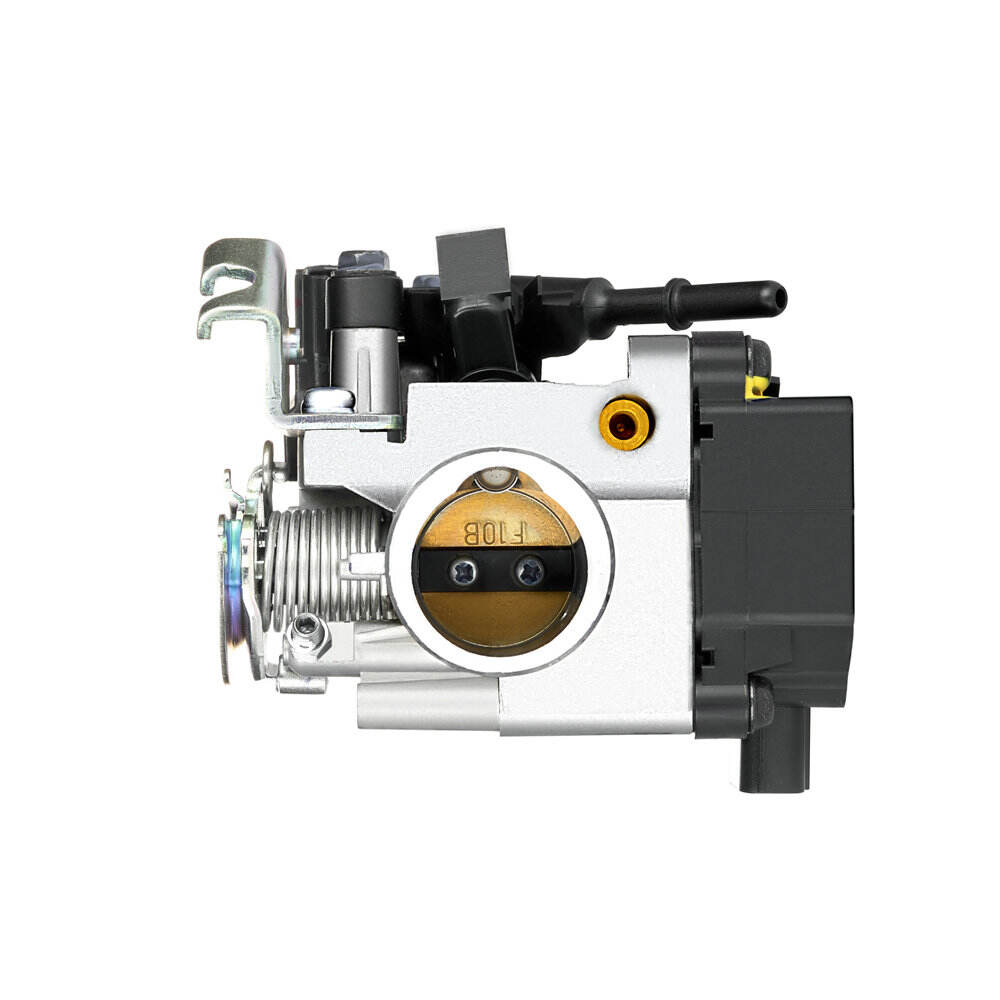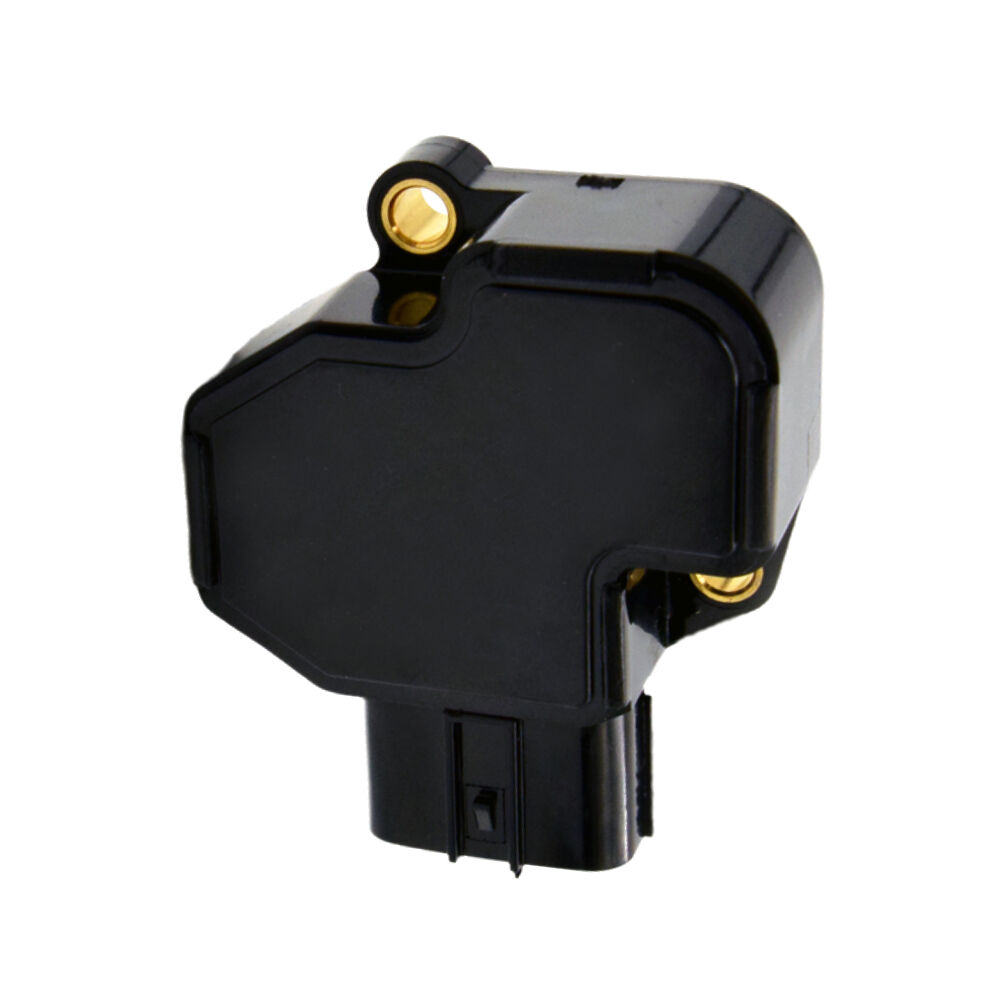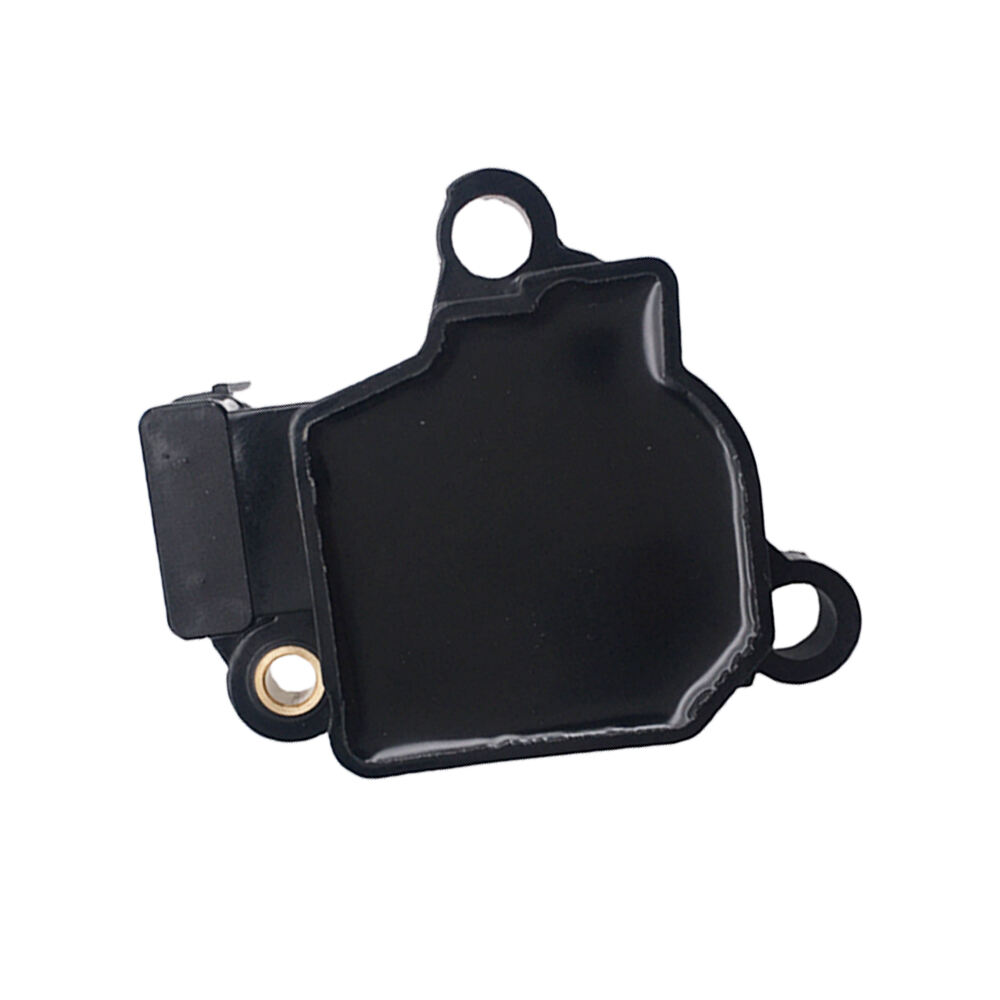map sensor failure causes
A MAP (Manifold Absolute Pressure) sensor plays a crucial role in modern vehicle engine management systems by measuring air pressure within the intake manifold. When this vital component fails, it can lead to various engine performance issues. The primary causes of MAP sensor failure include electrical connection problems, contamination from oil or debris, physical damage from engine vibration, and internal circuit deterioration. The sensor operates by converting pressure readings into electrical signals that the engine control unit (ECU) uses to adjust fuel delivery and timing. Common indicators of MAP sensor failure include rough idling, poor acceleration, decreased fuel efficiency, and irregular engine performance. The sensor's sophisticated technology incorporates pressure-sensitive components and electronic circuitry designed to provide accurate readings under various operating conditions. Understanding these failure causes is essential for proper vehicle maintenance and troubleshooting. Modern MAP sensors are built with advanced materials and protective features to enhance durability, but they can still succumb to environmental factors and normal wear over time. Regular maintenance and inspection of the sensor and its surrounding components can help prevent premature failure and ensure optimal engine performance.


